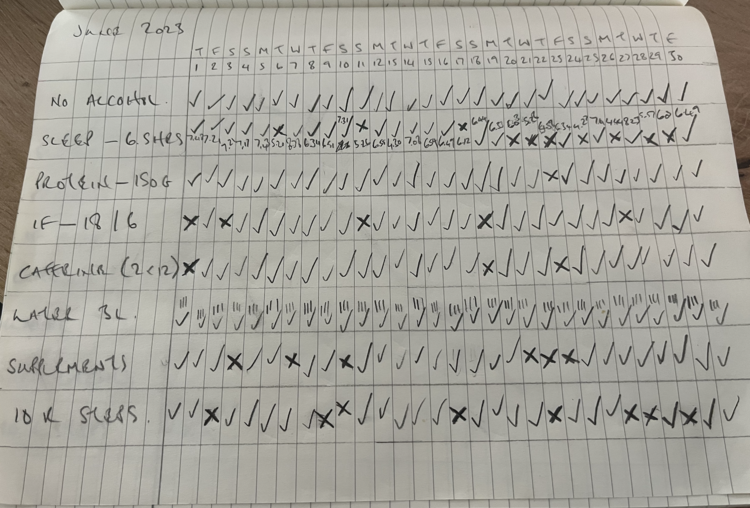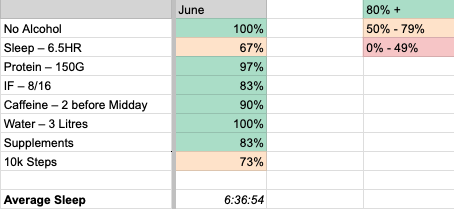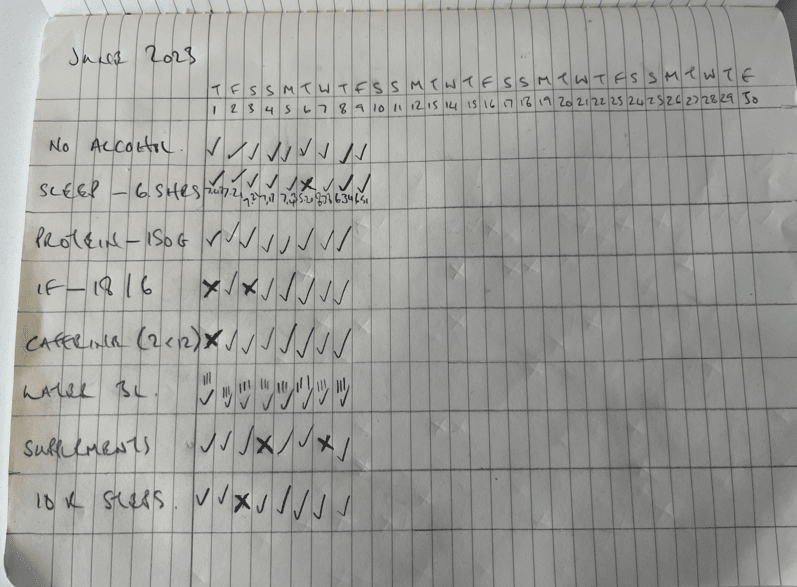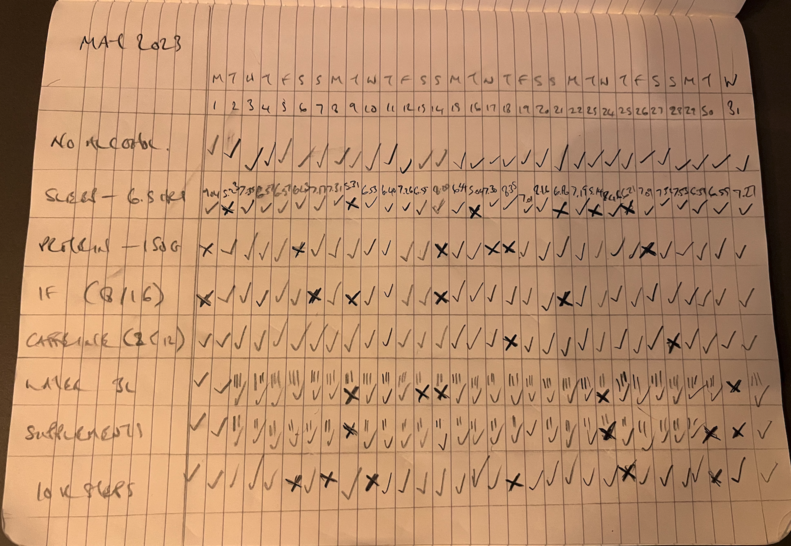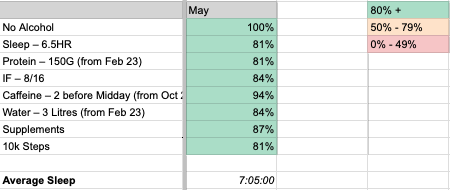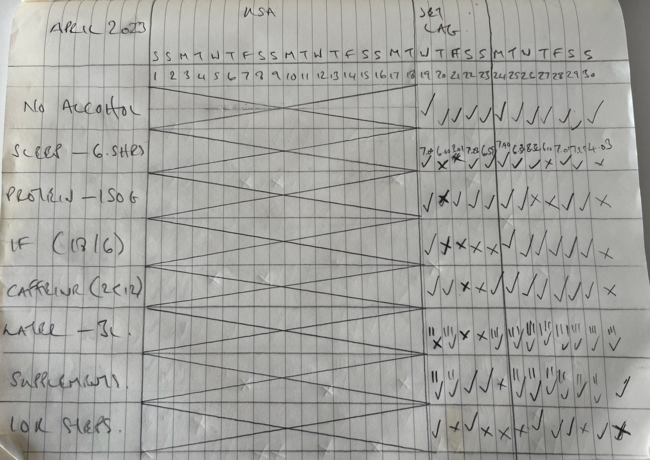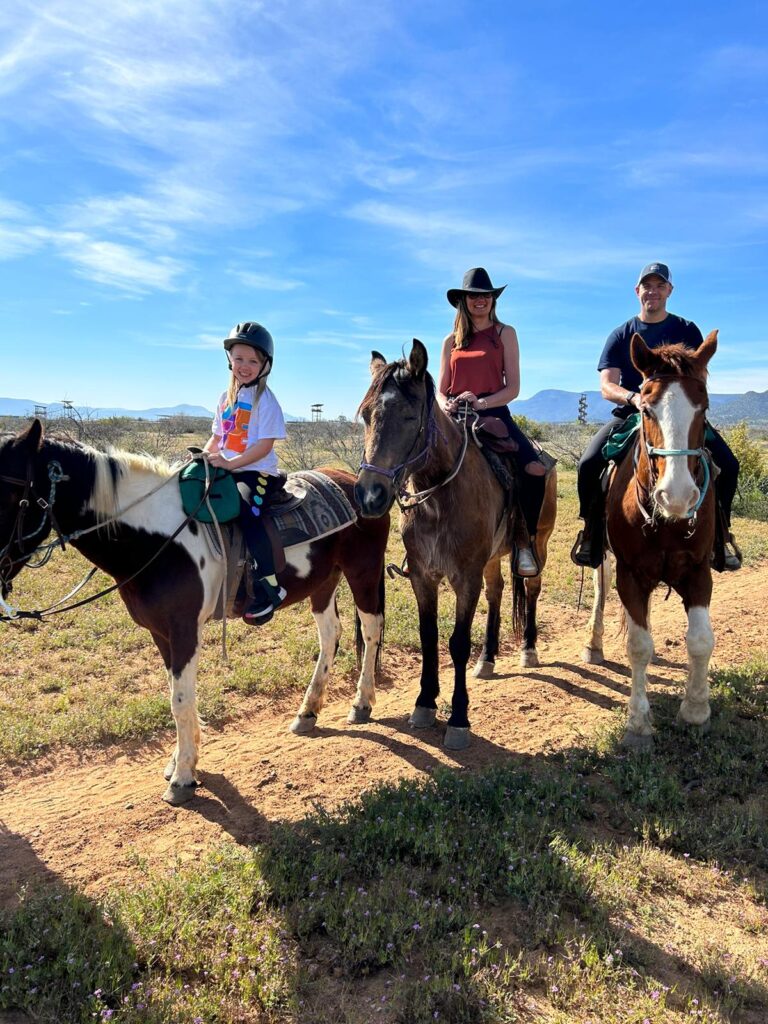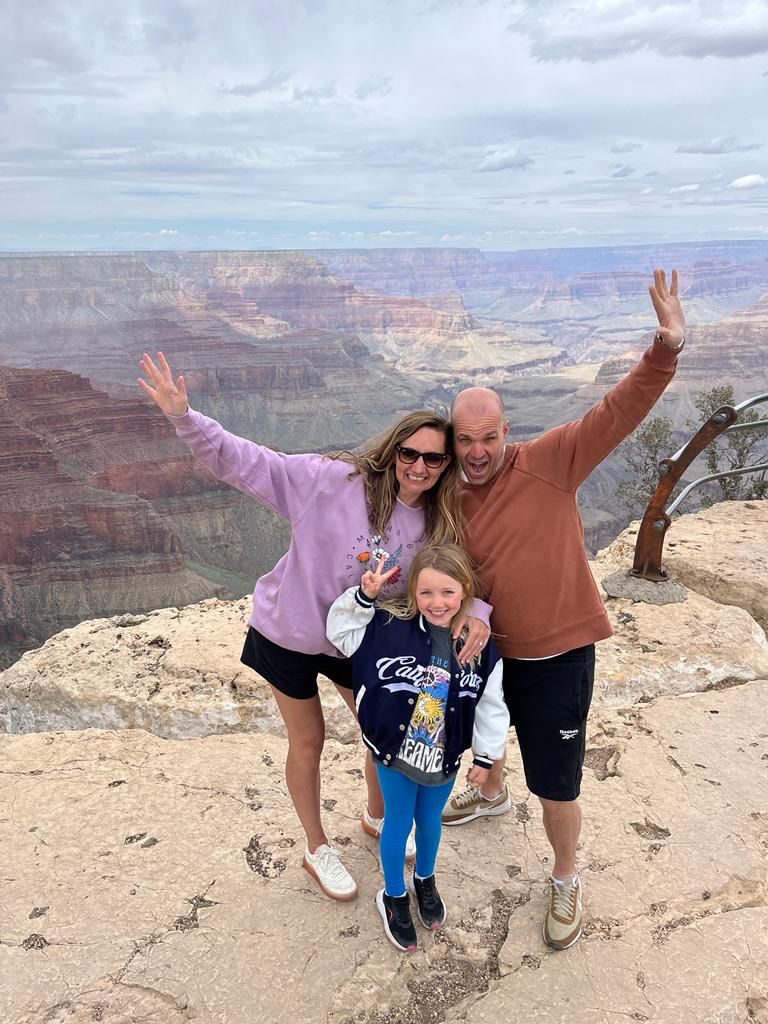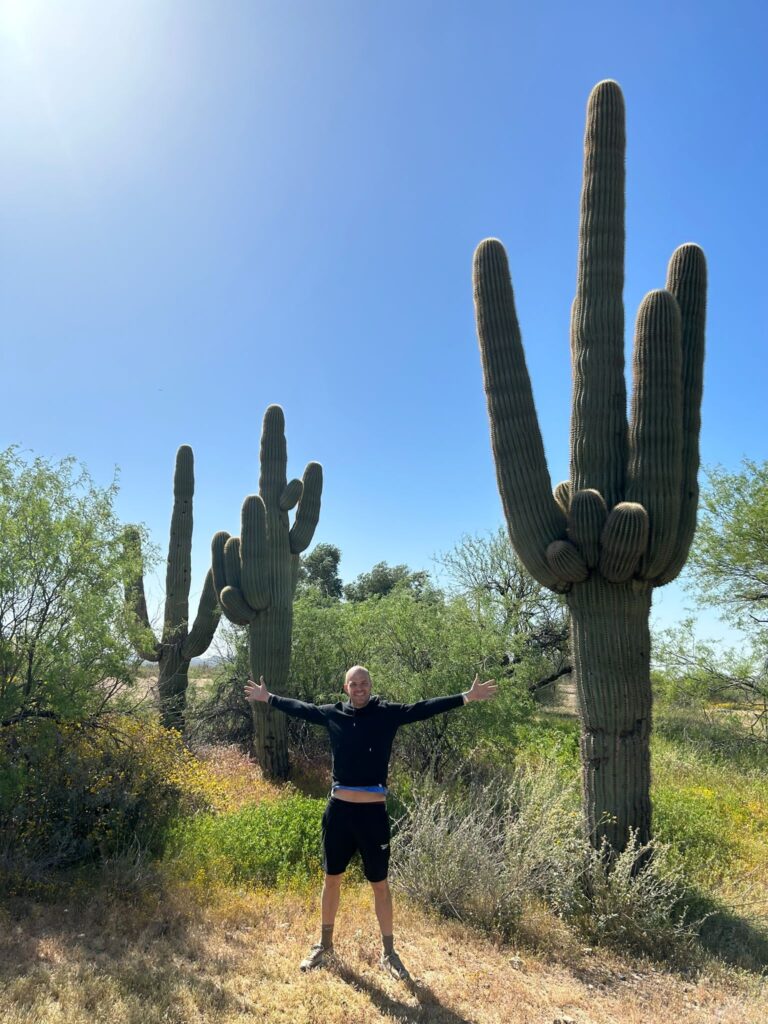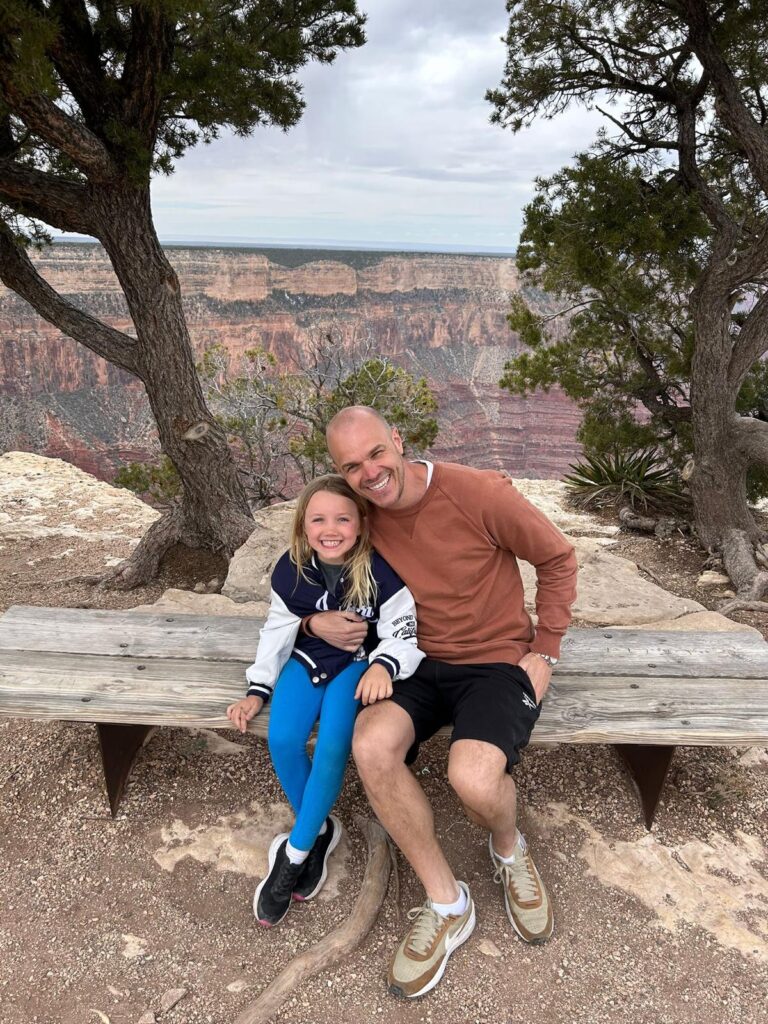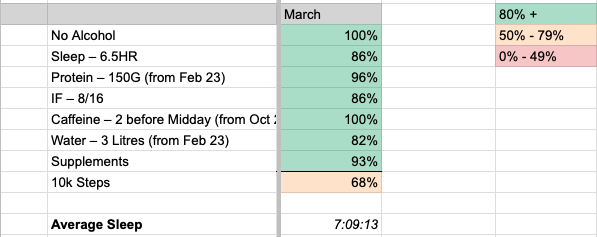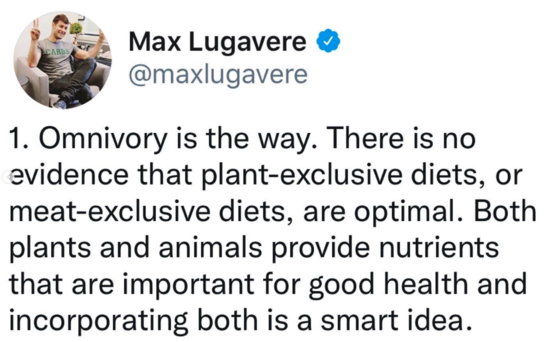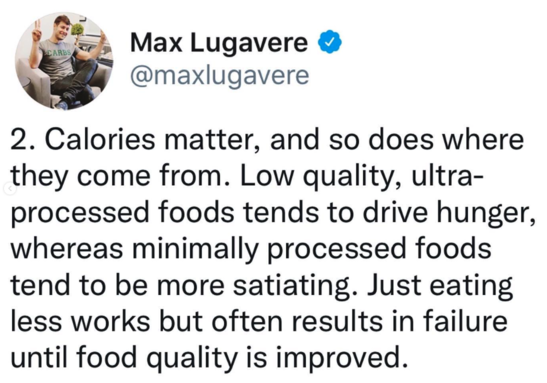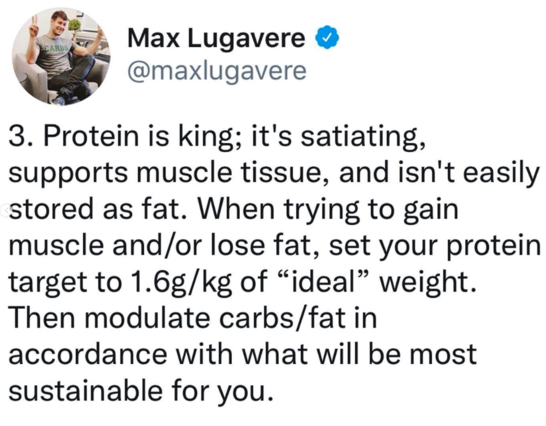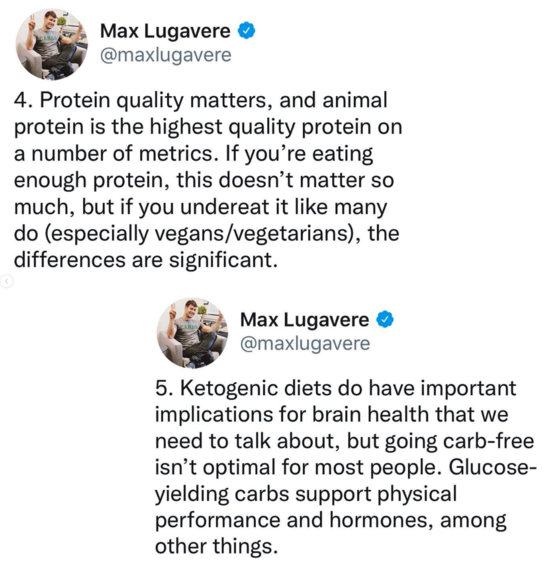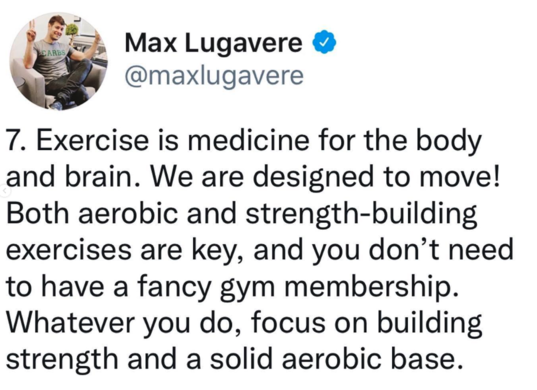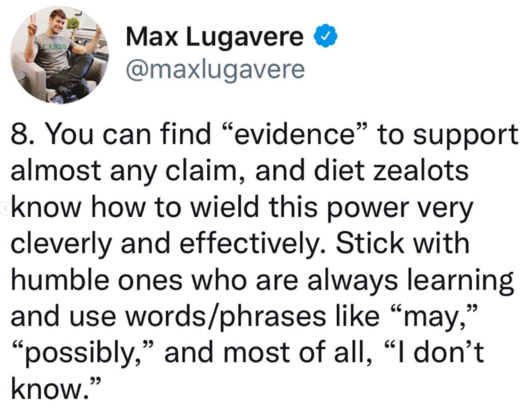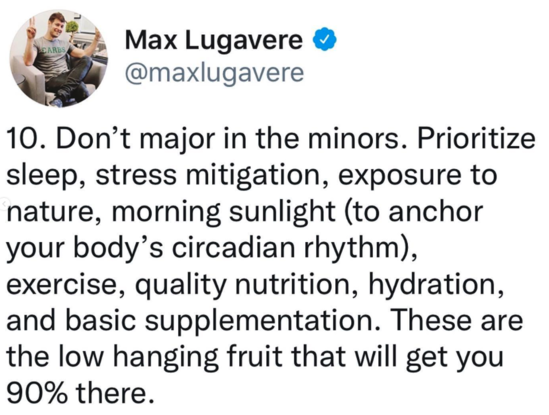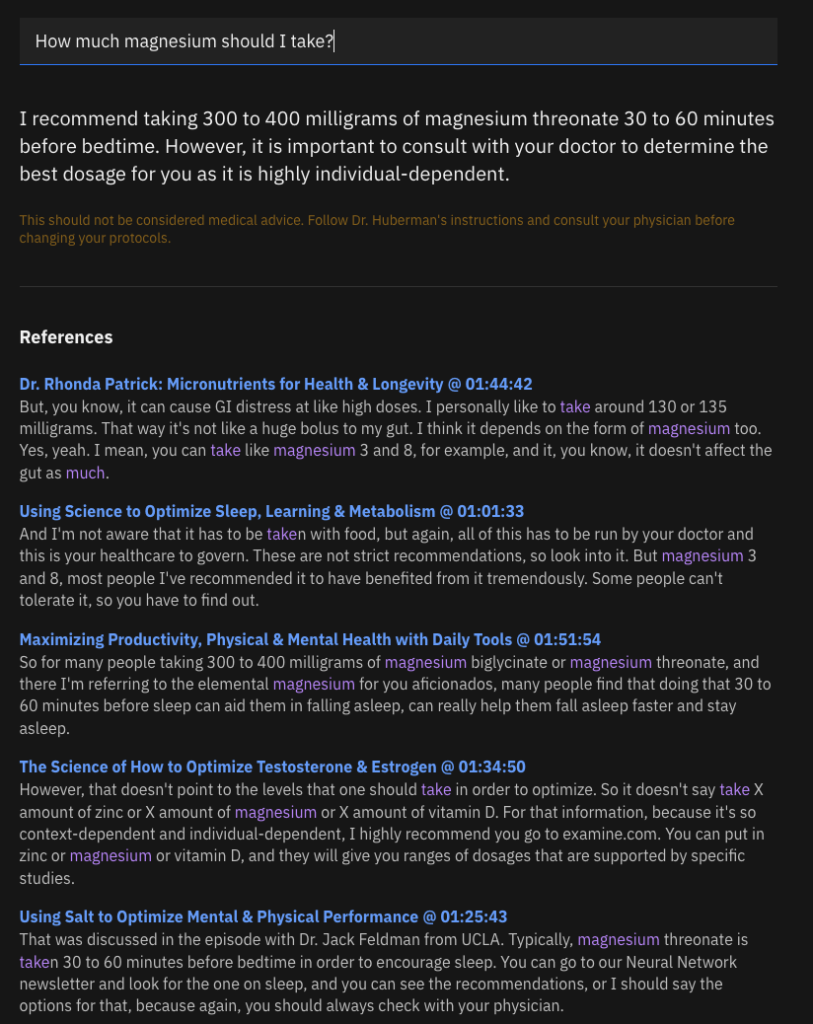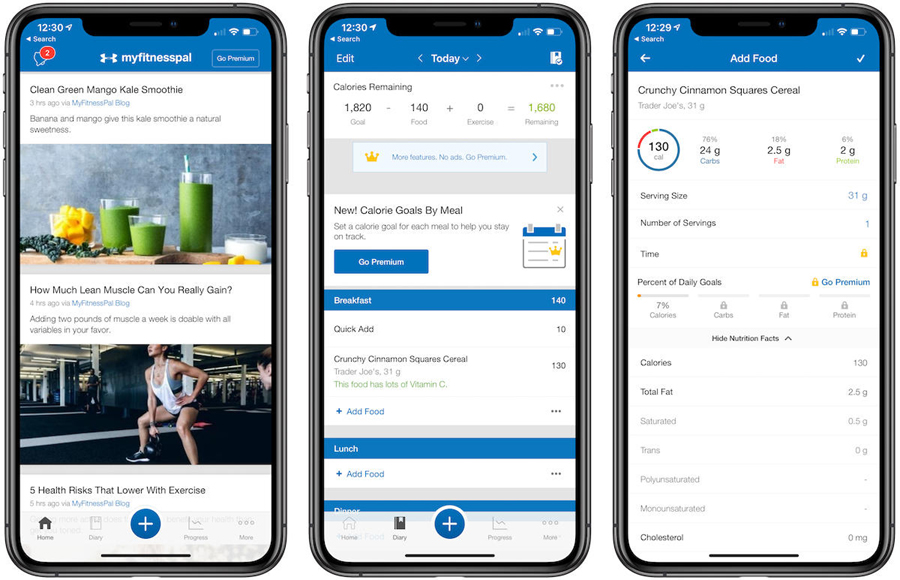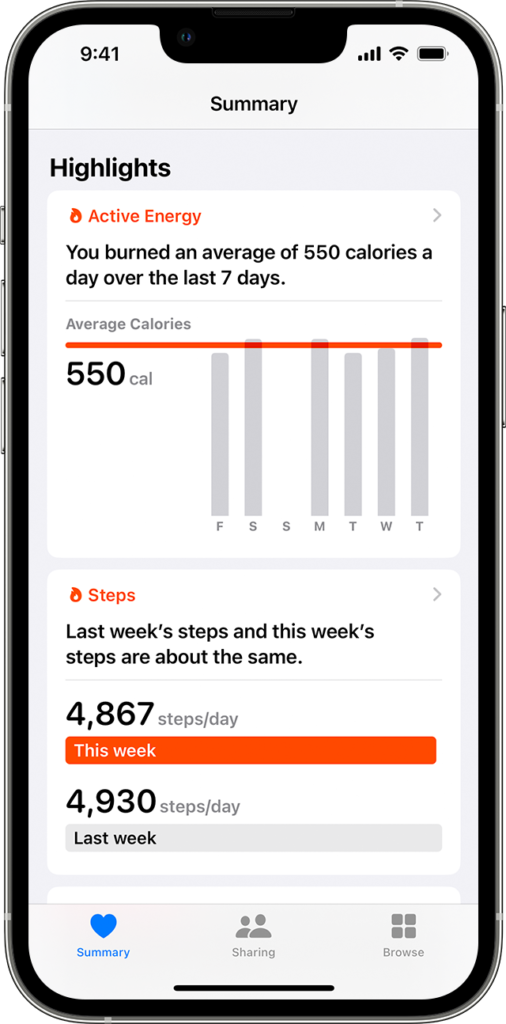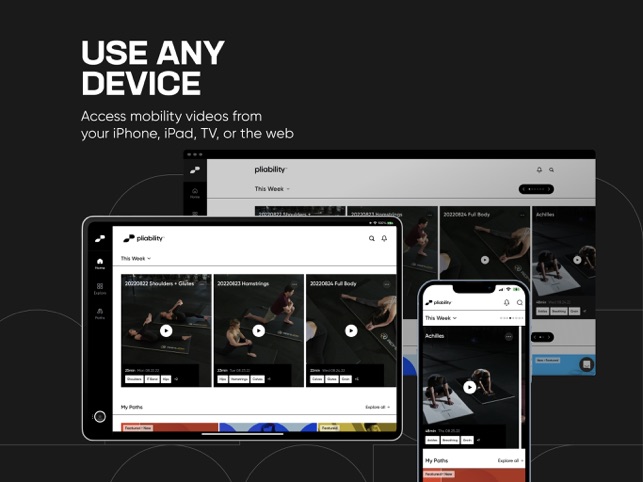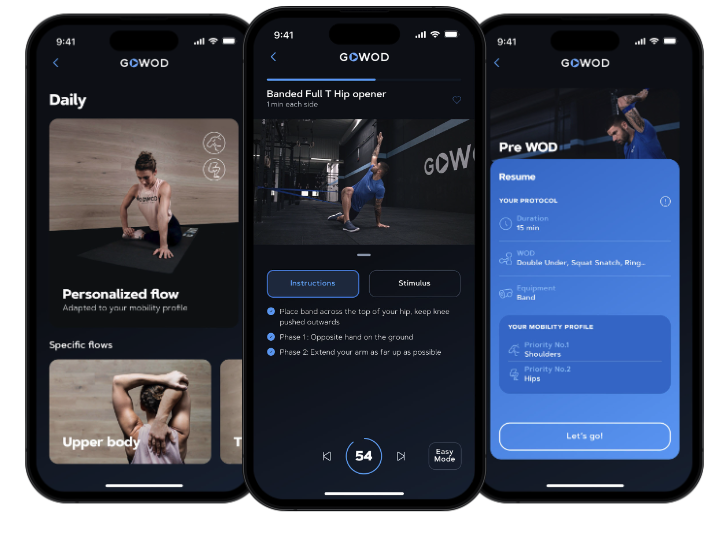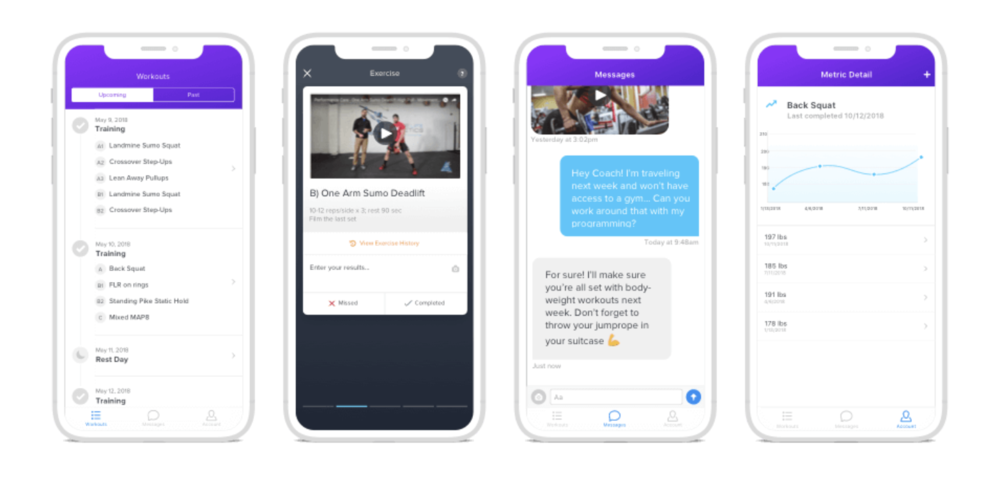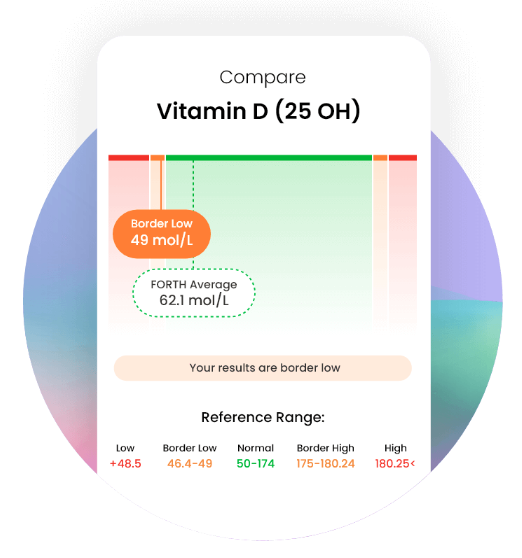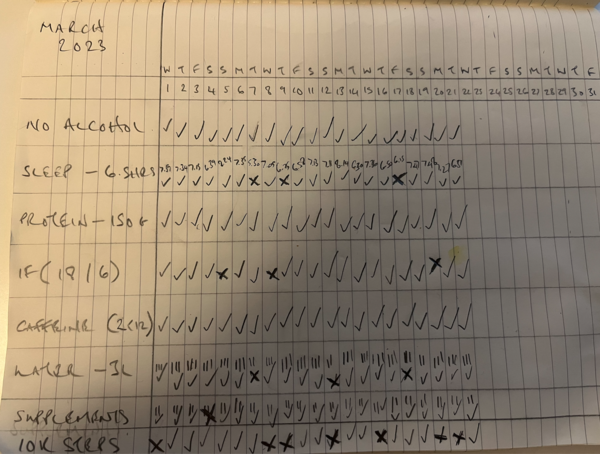If you know me or my writing, you’ll know that I struggle with confidence. It’s been like this for as long as I can remember.
There’s often some type of self doubt, anxiety, or imposter syndrome hovering around me. Even when I’m at my highest, I feel a black cloud in the background. I can be in the zone and feeling super capable one minute – only to feel like a complete fraud the next.
So far, I’ve relied on two strategies to keep this somewhat under control:
1. I’m an ambitious person. So, I will push myself, and then momentum tends to shove me forward. This has helped me gravitate to senior roles in companies. I’ve founded my own company. I write in public. I’m starting a podcast. I would like to launch a habit coaching course in the future. My ambition gets me started, and then I simply have no choice but to push the self doubt down and power through. It can be exhausting. But it’s better than the alternative – to be paralysed by self doubt.
2. I’ve invested a lot of time trying to find things that can help me be more confident. Reading books. Listening to podcasts. Taking courses. Gratitude. Meditation. Hypnotherapy. Coaching. Journalling. Surrounding myself with people who inspire me and lift me up. Some of it has been helpful. But, if I’m honest, even what’s been helpful, only eased things temporarily.
I was surprised by some internal dialogue the other day:
‘It’s a beautiful thing, when you start to like the person you’re becoming’
This feeling has been growing in me recently. I’m really starting to like the person I’m becoming. I’m becoming comfortable in my own skin. I’ve never genuinely felt like this before.
And then it hit me. More often than not, I’m confident and optimistic. In fact, so far this year, I can’t even remember a particular episode of self doubt or imposter syndrome. There have only been a few periods of low mood. But, I can track that to a lack of sleep, which I was able to correct.
So, how on earth did this sneak up on me?
And then it hit me again, this was the start of it. Eighteen months ago, I started a journey of building a set of rock solid habits in my life. This slowly grew into eight health habits I’m now very consistent with. Building these habits has had a gigantic impact on how I feel about myself.
Giving up alcohol was massive (I’m nearly two years sober). I struggled with what to do about alcohol for a long time. Finally deciding I will never have a drink again has been so impactful for my mental and physical health. It’s been truly liberating.
Giving up alcohol also highlighted how important sleep is for me. I first realised this when one morning I woke up feeling hungover and anxious. I noticed I had a few nights of very poor sleep. I forced a huge sleep that night and felt so much better the next day. My anxiety was gone. Huh? Maybe it wasn’t so much the alcohol that was causing my anxiety – but the impact it had on my sleep [1]. Improving my sleep has been a complete game changer for me. As it improved, I noticed everything else got easier.
And then you have all the other habits, Prioritising protein. Fasting. Limiting caffeine. Drinking plenty of water. Walking a lot. All of the eight health habits I’ve built, play a part in how much better I feel about myself now. And, cumulatively, they pack a huge punch.
But, it goes beyond just packing a big punch. It’s the person I’ve now become by holding myself accountable to these eight habits. I’ve become a man of discipline. Someone who is taking personal responsibility for how I want to live my life. Someone who consistently delays short term gratification, because I value the bigger picture more. Someone who does what they say. I’m not trying to be someone like this (like I did for most of my adult life) – I’m this person FOR REAL. I’m really doing it. This has made me feel very differently about myself. I’m proud of creating a much better version of myself.
Whilst the habits started it all off, I couldn’t have predicted what would happen next. As I became a more disciplined person, and as my confidence grew, a switch flipped in me. It happened about six months ago. I started to make some other changes in my life that I wasn’t able to make before.
I became more dedicated with my training. I started to invest in longer warm ups. I became more consistent with my cool downs. I was more focused in each training session. I added an extra few hours of zone two training into my program. It’s now incredibly easy for me to be active every day and to total about 10+ hours a week of training.
I started to take my nutrition far more seriously. I began tracking and controlling my food intake very consistently. I took my clean vs. unclean food ratio from something like 50/50, to now easily 80 / 20. I started to eat more protein. I’m now easily averaging 180 grams per day – compared to finding it very hard to hit 120 grams per day.
I struggled for many years trying to build this type of discipline in my training and nutrition. Yet, in 6 months I was able to break through it all. I can’t emphasise how much of a transformation it’s been for me to take my training and nutrition to a whole new level. I’m in the greatest shape and health of my life. Feeling comfortable in your own skin (literally) is an incredible feeling. Not to mention, pushing yourself hard has a very direct and positive impact on your mood.
The changes I’ve seen in myself aren’t contained to health and fitness. It started there, but then expanded into other areas of my life. I’m more secure and confident in my relationships. I’m more confident and composed at work. I’m starting to spin up some personal projects (podcast coming soon!). I’m genuinely much more optimistic about the future.
And you know what? It still feels like I’m so early on this journey. It feels like the handbrake only really came off six months ago. The best is yet to come.
This all sounds peachy right? Look. I’m not naive. I know life is going to throw some curveballs my way in the future. And it’s not like all of this was a particularly conscious plan. I actually didn’t see it coming. But, goddamn does it feel good to have a stronger foundation of confidence and optimism. So for now, I’m just going to be grateful for the switch that was flipped and hold onto it.
So, what’s the lesson in all of this?
If you’re struggling with confidence, self doubt, anxiety, or imposter syndrome – I would suggest avoiding the hacks. The hacks can be quite useful as optimisation, but only after you’ve solved the root cause. In themselves, they aren’t going to get to the root cause.
My brother Joseph helps people with confidence and imposter syndrome. In his course, he uses the Why technique [2] to help people get to the root cause of their anxiety. And every single time, without fail, it comes back down to this:
I’m not good enough.
So, go back to basics and work on yourself. Be relentless about it. Make it your number one priority. Build a set of self care and health habits that stick. Give yourself the time to do it properly (it took me 18 months). Build yourself into someone you like and are proud of. Start to feel good enough. And then watch what happens from there.
Notes:
[1] In episode #31 of the Huberman Lab Podcast, Dr. Matthew Walker and Andrew Huberman discuss how alcohol fragments sleep, reduces REM sleep, and can lead to emotional sensitivity. Link to specific segment here.
[2] An explanation of the ‘five whys’ technique here. By the way, it doesn’t have to be contained to five whys, and may often take more to get to the root cause of a problem.
Get my ideas straight to your inbox. Sign up for my newsletter below:
